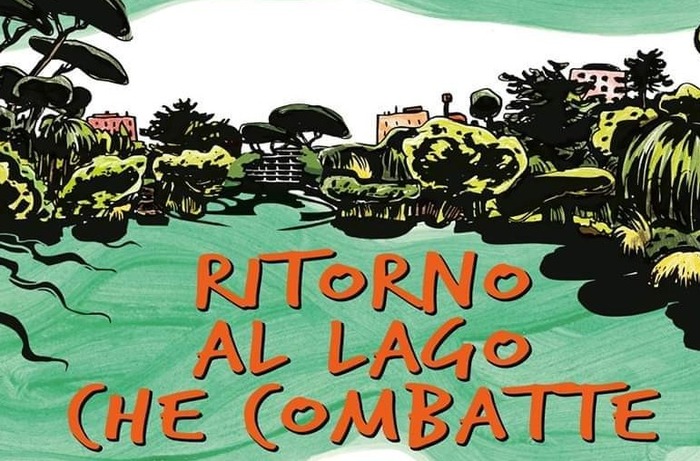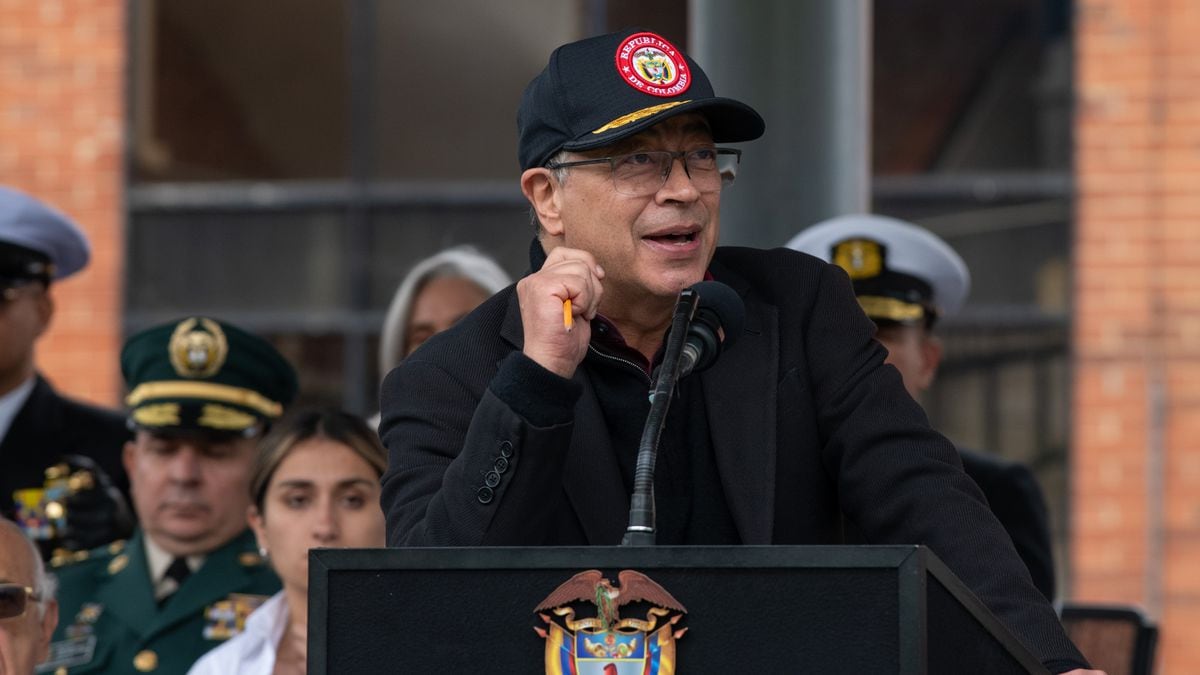Until a few years ago, Sergio Collins watched through his window how violence absorbed his lifelong neighborhood, in Tacuba, north of Mexico City.
The abandoned flour factory in front of his house was the best metaphor for leaving the place, where robberies and robberies were the order of the day.
The rehabilitation of the old flour factory —now converted into Exfábricamx, a cult corner of urban culture— has helped promote change.
“I am very grateful, the area has changed a lot and it seems that there is more security.
As more people come, there are also more police officers, ”says Collins relaxedly from his window, with the barking of his dogs in the background.
The rubble that was piled up inside the land has become reused materials;
The large factory —which has nearly 13,000 square meters— began its activities at the beginning of the 20th century.
After falling into disrepair just a few years ago, the Slvk architectural firm began a recovery project.
“We think from throwing it away to reusing it.
We came to the conclusion that there was not enough cultural offer in the north of Mexico City, and that there was nothing that would give a space to urban art”, explains Gustavo Slovik, one of the architects.
The bright colors that cover the walls of the factory extend to the exterior walls, covering the unsightly graffiti that showed the shady past of a neighborhood that is beginning to look favorably on the passing of time.
One of the murals of Exfabricamx. Rodrigo Oropeza
Graffiti in the corners
Edgardo Slovik, another of the firm's partners, tours the Exfábricamx facilities looking at the graffiti that decorates even the interior corners of the local shops and bars.
“We want the space to maintain an urban style.
There could not be a Starbucks here, ”he defends.
It is early, and there are only a few people passing by preparing the opening of their businesses for the arrival of hundreds of people.
Slovik assures that some days up to 1,500 visitors come through the doors of the old factory, “about 20,000 a month”.
The architects try to take the place beyond the mere aesthetic sense of urban culture, without forcing any artistic current.
"We try to have live performances on Fridays and some Saturdays [...] Sometimes there are jazz groups, other times
DJs
,...", he says, pointing to the small stage set up next to the entrance.
Inside, the architects also set up a
skate
park , further delving into urban culture, which develops from tattoo studio to streetwear shop.
View of a corridor inside the rehabilitated factory. Rodrigo Oropeza
Temporary pieces and a black and white mural
The pieces that dress the walls are the work of beginning and internationally established artists.
Slovik defends that one of the charms is that the pieces of the place are renewed over time.
"We want to give a space to everyone who wants to paint [...] We try to change the graffiti every six months, so as not to bore visitors, so that they find something new every time they come," he defends.
Once a year they organize an exhibition that allows a large part of the drawings to be changed, which during the rest of the time are kept neat and without overexposed graffiti.
"It's curious.
The artists respect each other a lot”, reflects the architect.
On one of the warehouses of the old flour factory, the
Xilo
is displayed , a huge black and white mural with retro cartoons.
The illustrator Marco González, artistically known as Mother Monkey, took three days to complete the work with the help of a crane.
“Culturally speaking, it is super
cool
that these types of spaces exist within the city.
They allow us to make our pieces known, to experiment in a space where the work will not be the next day, where it can mutate and coexist with other artists”, he considers.
With more than 20 years of experience, the muralist believes that Exfábrica manages to adapt to the different types of artist.
“Some seek the space to be able to capture a large format;
and others are looking for something more ephemeral: arrive, put a
tag
[a signature] or a plaque and leave.
What I like is that it lends itself to both directions, ”he sums up.
Mother Monkey assures that the space reminded her of the exhibition places that take place in Brooklyn (New York).
"There the works are reflected in spaces with the essence of graffiti, places that seem to be abandoned but are not," she explains.
In the center, in black and white, the 'Xilo', a mural made by Marco González, alias 'Mother Monkey', with the help of a crane. Rodrigo Oropeza
The recovery of the flour factory continues.
Slovik says that the restoration has gone in stages, and that some of the areas that are not yet restored remind him of the facilities they first came across.
Behind a metal door, blocked with a homemade wooden closure, some abandoned floors, broken structures and accumulations of rubble can be seen.
The architects ruled out creating houses in the place at first, they considered that there were already many in the city.
Now, they do not rule out the idea of creating a small apartment for Airbnb.
"There are people who come to the city just to see the place," defends Slovik.
The influence of Exfábricamx reaches the home of Sergio Collins, the neighbor who has lived in the neighborhood for 64 years and who now gazes at the street calmly from his wide-open window.
On the façade of his house, a blue-and-white painting by the French graffiti artist EPIS maintains the urban rhythm that begins in the old factory.
It doesn't seem to bother you.
He leaves his house to walk one of his dogs.
The golden retriever sits, anticipating what is going to happen.
Suddenly, Collins begins to elaborate on the changes that the neighborhood has experienced: the flour factory closed, the train near his house stopped coming, two high-speed rails were built, the Bicentennial Park was inaugurated... The dog he gets up, and Collins walks back into his house.
From his window, he says goodbye.
subscribe here
to the
EL PAÍS México
newsletter and receive all the key information on current affairs in this country
Subscribe to continue reading
Read without limits
Keep reading
I'm already a subscriber














